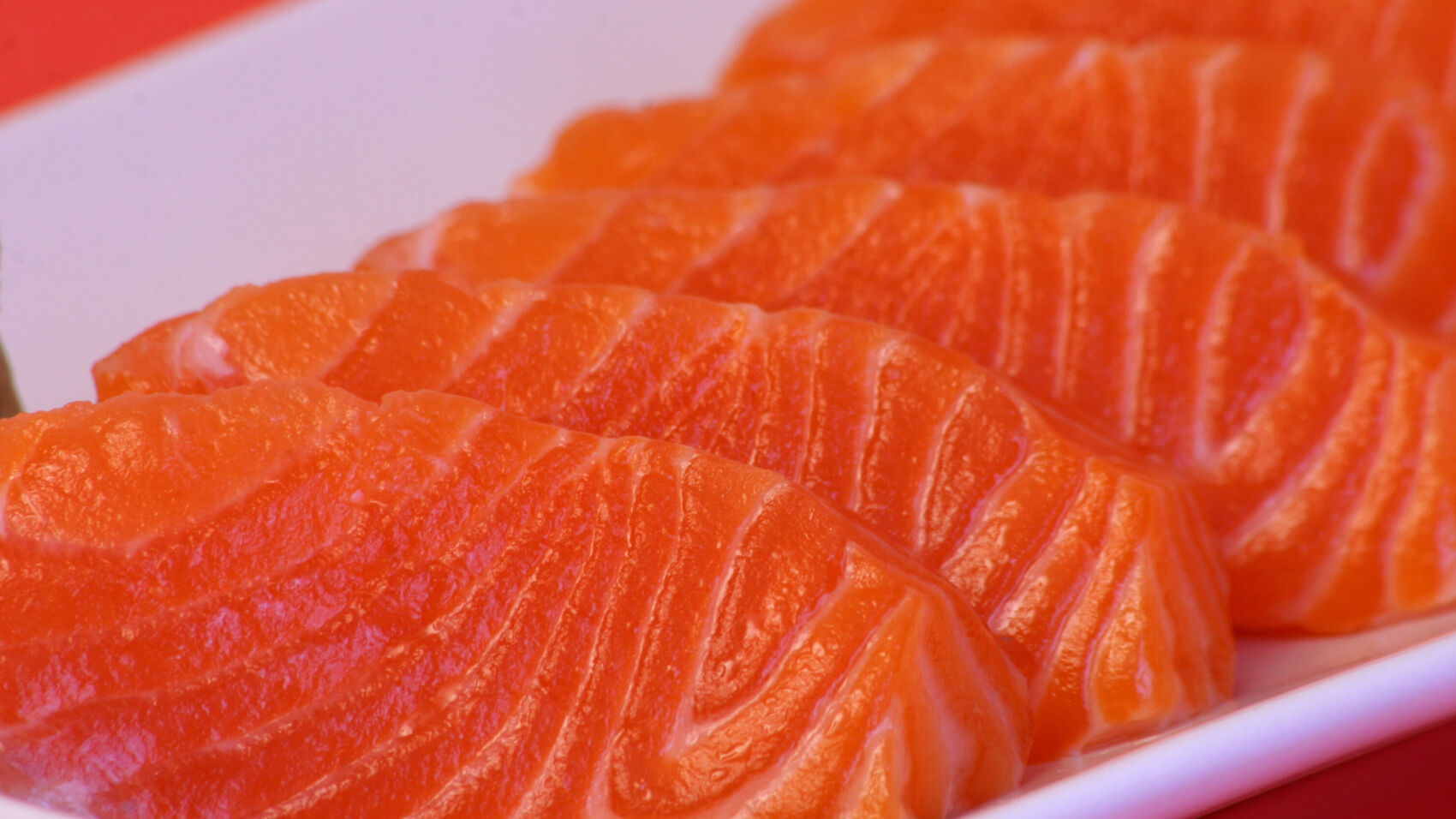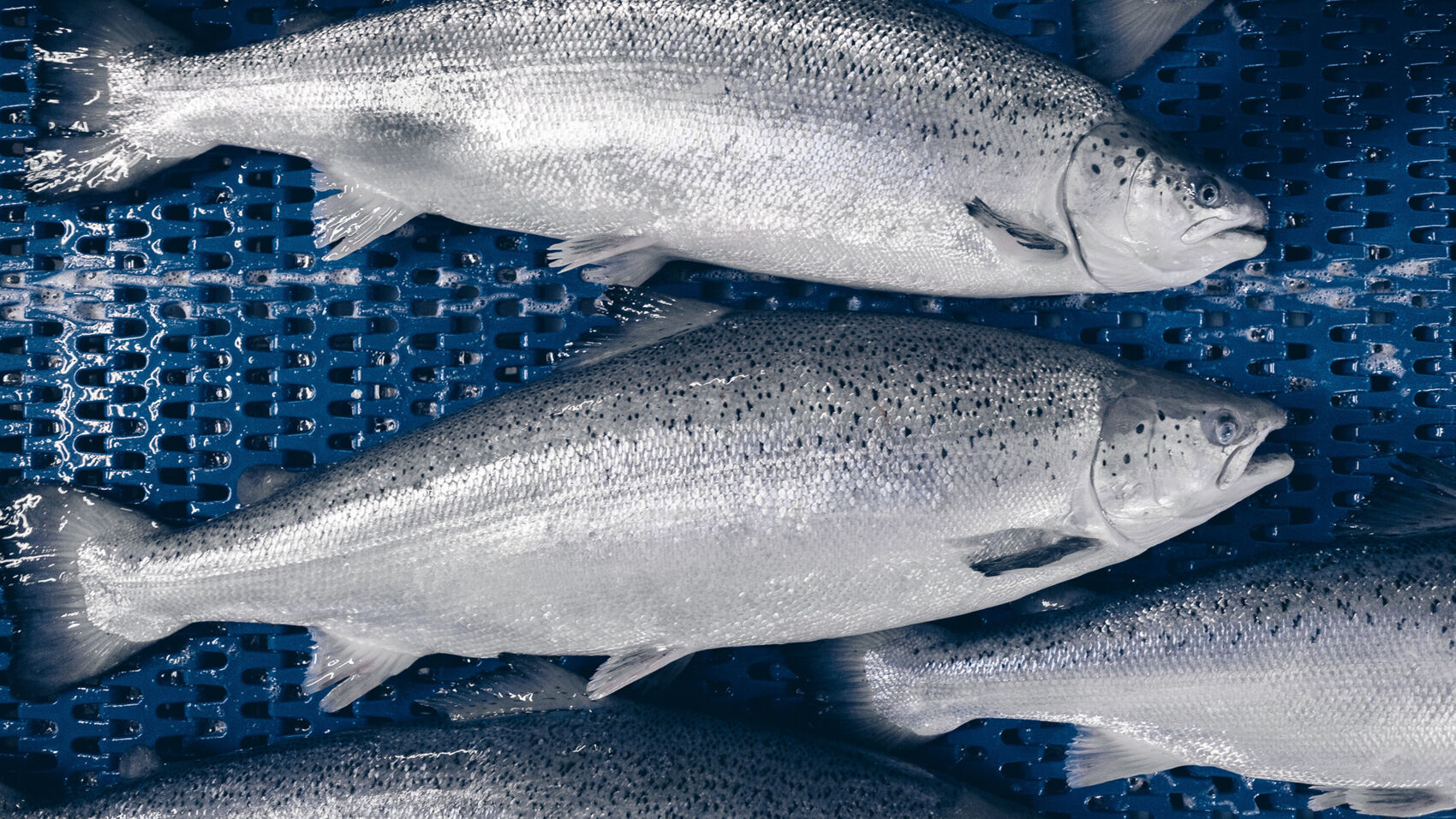Quality
What is salmon quality?
A high-quality salmon has a high nutrient content, is rich in Omega-3 fatty acids EPA and DHA, has a high healthy fat content, a firm texture, and a bright deep orange colour. At Cermaq, our definition of a high quality salmon also requires that it has been raised sustainably.
Quality is a mix of factors
They can be measured, and they influence customer preferences. We supply healthy salmon which meets measurable quality standards and fulfills our customers’ preferences. A high-quality salmon has a high nutrient content, is rich in Omega-3 fatty acids EPA and DHA, has a high healthy fat content, a firm texture, and a bright deep orange colour. At Cermaq, our definition of a high quality salmon also requires that it has been raised sustainably.

Our salmon comes with a CV
How the salmon has been raised is important for many quality aspects. In Cermaq, our salmon gets a CV which tells the background and the lifelong “carrier” of the salmon. In the example below (from Norway) the following information may be found:
- Production site
- When the egg was hatched
- When the smolt was transferred to sea and what the sea temperature was at that time
- Name of site manager and the veterinarian responsible for fish health
- List of all vaccines and date of vaccination
- Date and type of any eventual treatment the fish has undergone(sea lice treatment and medication)
- Feed types specified throughout the growth period.
- Density in the penFat content and omega 3 content
- Color
- Condition factor (the shape of the fish is related to the yield in processing)

Measurable quality factors
Key quality attributes in salmon are Color, Odor, Flavor, and Texture. Some can be defined very precisely, others less so. For many of the attributes the customer/consumer preferences vary. Quality parameters where the customer may have very different requirements include:
Fat content can vary from fish to fish, partly dependent on diet. Some markets prefer fattier fish, others prefer more lean fish. For processing (e.g. smoked salmon) there are preferences as to fat content.
Omega 3, the fatty acid highly valued in salmon, is related to the total fat content, but the amount may also vary by fish and farm. Customers would normally require a minimum of marine omega 3 fatty acids in the salmon.
Colour is what characterizes salmon, and comes from antioxidants in the feed. As wild salmon may vary in colour depending on what they eat, we can also adjust the colour of our salmon to customer preferences by adjusting their diet. Colour preferences vary between markets.
The standard grading system in the industry also includes quality parameters for skin, filet firmness and texture, and dark spots which may come from concentration of natural pigments.
And for all salmon there are standards to check to make sure it meets all health and safety regulations where it is produced, and where it is sold.
Bon apetit!